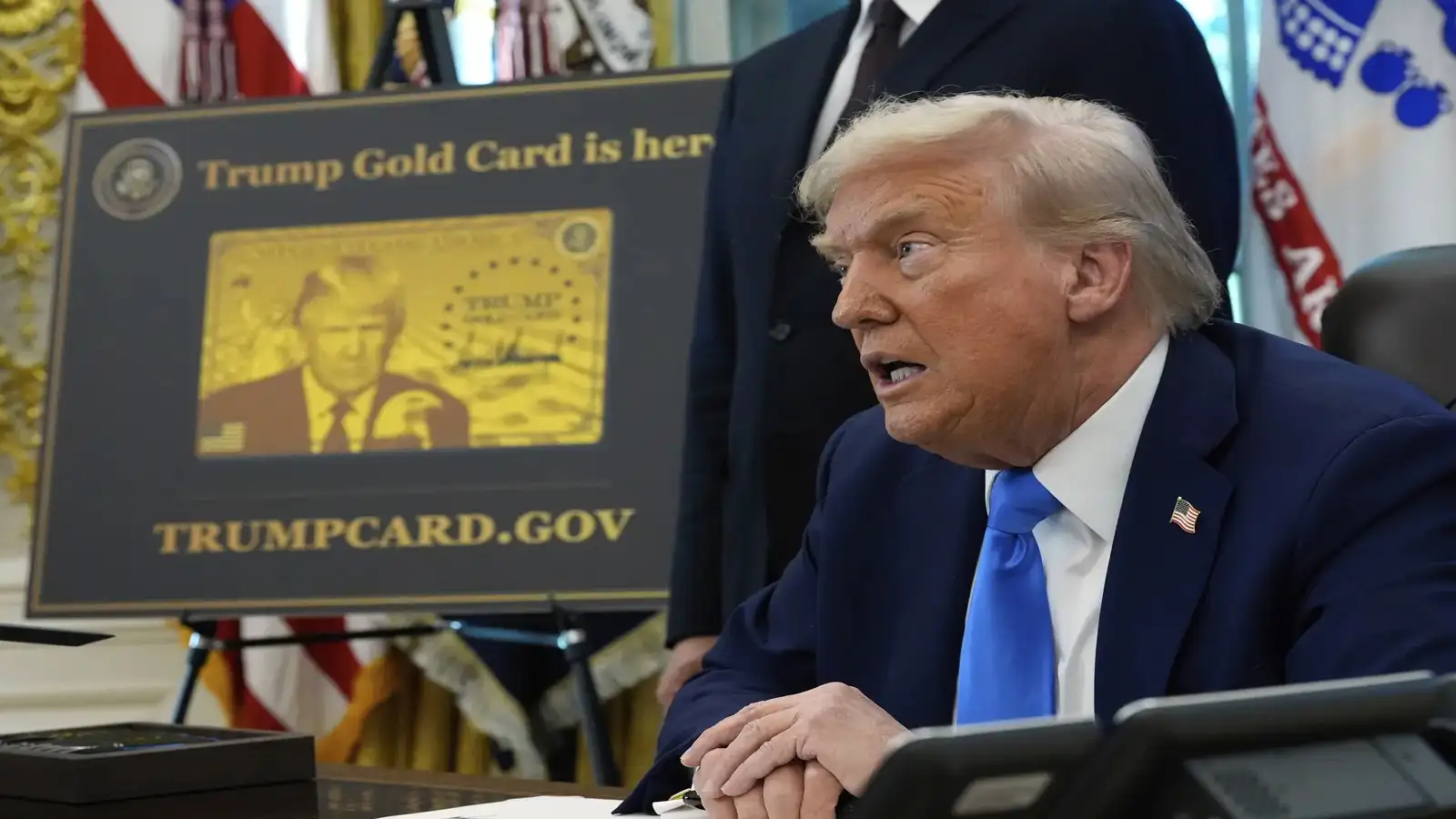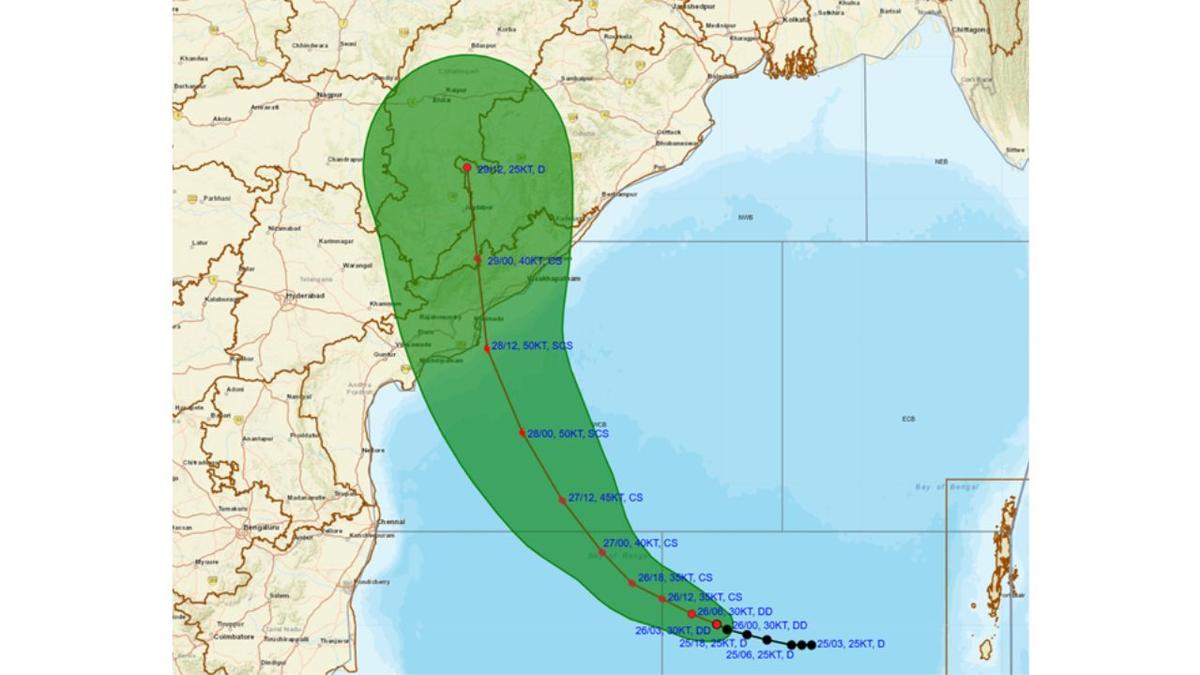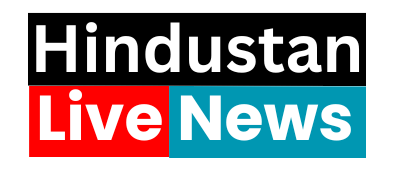The United States has long been a dream destination for skilled professionals, especially in the fields of technology, engineering, and research. At the heart of this migration has been the H-1B visa program, which allows foreign workers with specialized skills to work in the U.S. However, a dramatic policy shift announced by former U.S. President Donald Trump has shaken this foundation and raised serious concerns among Indian professionals and global tech companies.
The Big Change: H-1B Visa Fee Hike
In a landmark move, Trump signed a proclamation that increases the annual fee for H-1B visas to an unprecedented $100,000 per year. This applies not only to new applications but also to renewals.
The stated purpose is to ensure that only “very highly skilled” professionals enter the U.S. workforce, and to discourage companies from misusing the program as a way to replace American workers with cheaper foreign labor.
Why the Overhaul?
According to U.S. officials, the H-1B visa system has been “exploited” by many employers, particularly outsourcing companies, to reduce costs and displace local talent. By making the program more expensive, the administration aims to:
- Protect American jobs and wages.
- Restrict visas to only top-tier talent.
- Generate additional revenue for the U.S. treasury (estimated at over $100 billion).
The New “Gold Card” Pathway
Alongside the visa hike, a new “Gold Card” system was introduced. This offers a faster route to visas and green cards for individuals or companies who can pay a premium:
- $1 million for individuals.
- $2 million for corporate sponsorship.
This system is designed to attract wealthy investors and “extraordinary” professionals, creating an elite track for immigration.
Impact on Indian Professionals
For Indian workers, who make up nearly 72% of all H-1B visa holders, this overhaul is especially significant.
- Cost Burden: Employers may hesitate to spend $100,000 annually on each worker, leading to fewer sponsorships.
- Job Security Concerns: Current visa holders might face uncertainty when their visas come up for renewal.
- Shift in Opportunities: Many skilled Indians may turn to countries like Canada, the UK, or Australia, where immigration pathways are more affordable and predictable.
Implications for Businesses
- Tech Industry Shockwaves
U.S. companies that rely on Indian IT talent could face a shortage of skilled professionals or higher wage bills. - Outsourcing Firms at Risk
Indian IT companies with a heavy presence in the U.S. may reconsider their strategies, possibly shifting operations offshore. - Innovation and Competitiveness
Limiting access to affordable global talent could slow down America’s competitiveness in cutting-edge fields like AI, cloud computing, and data science.
The Bigger Picture
While the Trump administration framed this overhaul as a way to protect American workers, critics argue that it creates a two-tiered immigration system—one where only the ultra-wealthy or elite professionals can gain access. This could reduce diversity in the workforce and discourage young talent from choosing the U.S. as a career destination.
For India, this move may accelerate the trend of skilled professionals seeking opportunities in Canada, Europe, and the Middle East instead of the United States.
Conclusion
The overhaul of the H-1B visa program marks a turning point in U.S. immigration policy. By imposing a steep financial barrier, the U.S. has signaled a clear preference for fewer but more “extraordinary” immigrants.
For Indian professionals, who have been the backbone of the American tech ecosystem for decades, the path forward now looks uncertain and expensive. Companies, too, will need to rethink how they source talent and manage costs in an increasingly globalized world.












